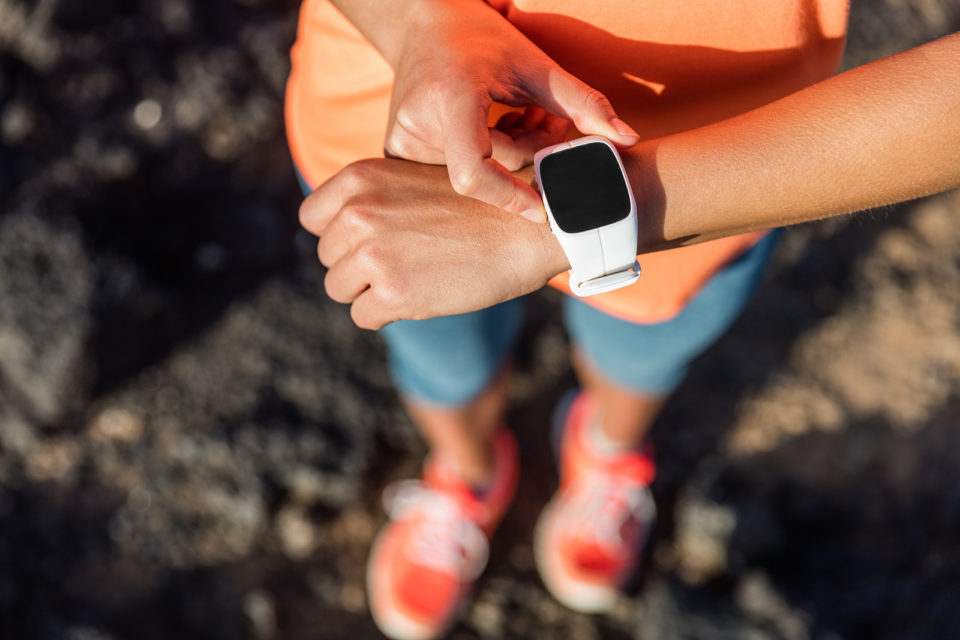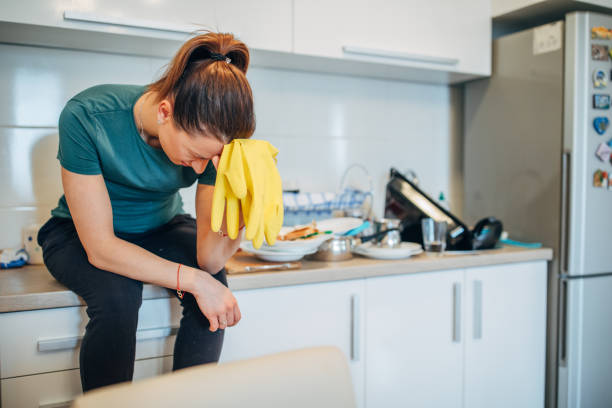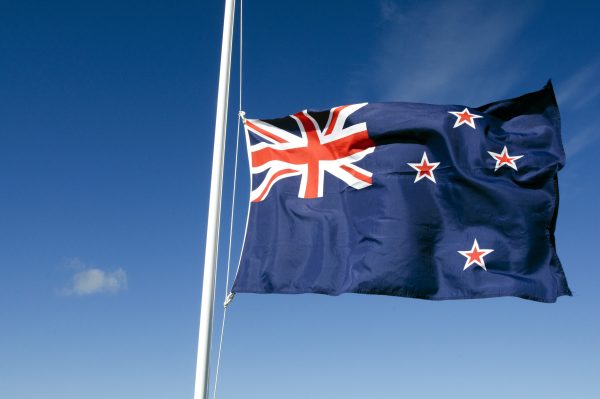Osteoporosis makes you susceptible to fractures
As we count the growing number of candles on our birthday cake, we need to give our bones some extra love to protect against fractures and osteoporosis. But do you know osteoporosis fact from fiction? We help you bone up on your bone health:
Fiction: Calcium and vitamin D are the only nutrients you need for better bone health.
Fact: You do need calcium, which can be found in low-fat dairy products, dark green leafy veggies, calcium-fortified cereals and orange juice, canned salmon or sardines with bones and soy products. Men and women between the ages of 18 and 15 should get 1,000 milligrams of calcium each day; this increases to 1,200 milligrams when women hit 50 and age 70 for men.
If you’re not getting enough calcium from your diet, try taking calcium supplements. But talk to your doctor first; too much calcium has been linked to heart problems and kidney stones. The Health and Medicine Division of the National Academies of Sciences recommends limiting total calcium intake, from supplements and diet combined, to no more than 2,000 milligrams daily for people older than 50.
Vitamin D is also important because it improves your body’s ability to absorb calcium. Though you can get the sunshine vitamin from the sun, if you live in high latitudes, are stuck inside or applying sunscreen, you won’t be exposed to enough of it for it to be effective. Note that if you are trying to get some of your vitamin Dfrom the sun, you should absorb only 15 minutes (or less) without sunscreen because of the risk of skin cancer. (You are using sunscreen, right?) An added downside: There are few foods with vitamin D, with catfish, salmon, eggs yolks, and fortified milk and orange juice among them. So your safer bet is a supplement.
While we don’t know the optimal daily dose of vitamin D, scientists recommend 600 international units a day for adults up to age 50 and 800 IU for those older than 50. If your blood levels of vitamin D are low, your doctor may suggest higher doses.
But calcium and vitamin D don’t do it alone when it comes to our bone health. Potassium also has protective effects against osteoporosis. This nutrient, found in beans, squash and tomatoes, counteracts the acid levels in our bodies that erode bone.
Fiction: You have to lift weights to build strong bones.
Fact: Exercise helps build strong bones and slow bone loss. Though exercise will benefit your bones no matter when you start, you’ll gain the most benefits if you start exercising regularly when you’re young and continue to exercise throughout your life. But you don’t need to compete with the bodybuilders. What you need are weight-bearing exercises such as walking, jogging, running, stair climbing, jumping rope and skiing. Just 30 minutes of walking increases bone density.
You should combine weight-bearing exercises, which strengthen your lower body, with strength-training exercises, which help strengthen muscles and bones in your arms and upper spine.
Fiction: Osteoporosis affects only white women.
Fact: Despite what you might have been told, black folks do get osteoporosis. Though we tend to have higher bone mineral density than white women, we are still susceptible to developing osteoporosis. Thinking we’re impervious delays diagnosis and treatment. And 20 percent of people with the bone-thinning disease are men. For women osteoporosis is a function of being post-menopausal; for men it’s almost always hormonal, like a testosterone deficiency, or medication induced. Red-flag drugs include those used to treat seizures and prostate cancer, and corticosteroids, which treat everything from asthma to ulcers.
Fiction: Falls, and the fractures that can come with them, are just a normal part of aging.
Fact: Nope. With the appropriate nutrition, regular exercise and, if necessary, medication, the risk of fractures can be reduced by up to 65 percent.





















Discussion about this post